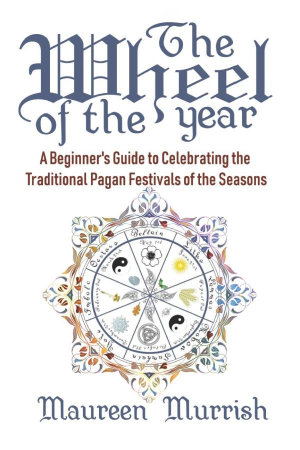The ancient traditions and festivals of paganism continue to captivate and inspire people today. The Wheel of the Year, an annual cycle of seasonal celebrations, offers a glimpse into the rich tapestry of pagan culture. In this comprehensive guide, we will explore the significance and rituals of each holiday, uncovering the deep-rooted connections to nature and the changing seasons.
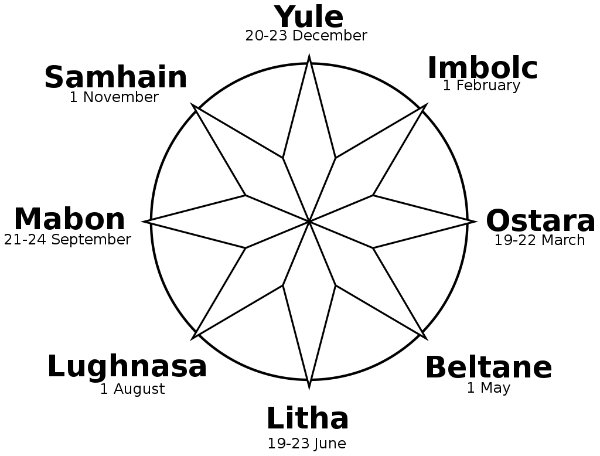
Introduction to the Wheel of the Year
The Wheel of the Year serves as a guide to the seasonal festivals observed by many modern pagans. It is a symbolic representation of the Earth’s journey around the sun, divided into eight distinct holidays. These festivals mark the solstices, equinoxes, and midway points between them, connecting pagans to the rhythms of nature and the cycles of life.
Each holiday within the Wheel of the Year holds its own unique significance and traditions, drawing upon ancient folklore, mythology, and agricultural practices. While the specific names and customs may vary among different pagan traditions, the underlying theme of honoring the changing seasons remains constant.
Yule: Embracing the Winter Solstice
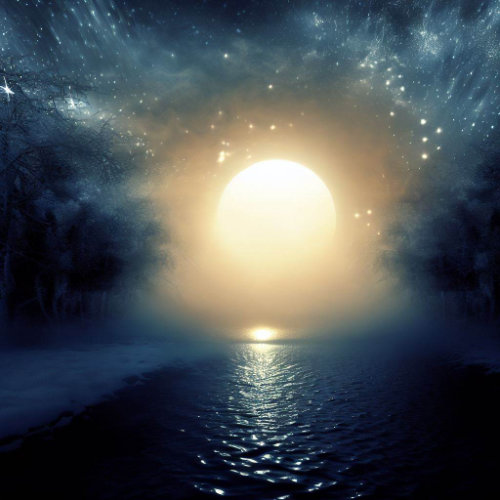
Yule, celebrated on December 21st, marks the winter solstice, the longest night of the year. As the wheel turns and the days begin to lengthen, pagans rejoice in the return of the sun’s warmth and light. Yule is a time of reflection, inner renewal, and the celebration of family and community.
Traditionally, Yule is associated with the lighting of fires and the burning of a Yule log, symbolizing the triumph of light over darkness. The log is carefully chosen, decorated, and ceremonially burned to bring blessings for the coming year. Evergreens, such as holly and mistletoe, are also incorporated into Yule celebrations, representing eternal life and protection against malevolent spirits.
Imbolc: Welcoming the First Signs of Spring
Imbolc, observed on February 1st and 2nd, marks the midpoint between the winter solstice and the spring equinox. It is a time of awakening, as nature begins to stir from its winter slumber. Imbolc is often associated with the goddess Brigid, who represents fire, healing, and inspiration.
To celebrate Imbolc, pagans engage in rituals that honor the returning light and the first signs of spring. This may include lighting candles, making corn dolls, or weaving Brigid’s crosses from straw. It is also a time for preparing the soil for planting and setting intentions for growth and abundance in the coming months.
Ostara: Embracing the Spring Equinox

Ostara, celebrated on the spring equinox (March 20th), heralds the arrival of spring and the balance between light and darkness. Named after the goddess Eostre, associated with fertility and new beginnings, Ostara is a time of renewal, rebirth, and the awakening of nature.
During Ostara, pagans engage in various rituals to honor the changing season. This may involve decorating eggs, symbolizing new life, and planting seeds or bulbs to represent growth and potential. The act of spring cleaning, both physically and spiritually, is also common during this time, as individuals seek to rid themselves of stagnant energy and welcome fresh opportunities.
Beltane: Celebrating the Arrival of Summer
Beltane, celebrated on May 1st, marks the beginning of summer and the height of fertility in nature. It is a joyous occasion that celebrates the union of the Earth and the Divine, as well as the abundance and vitality of the natural world.
During Beltane, pagans gather to dance around the maypole, symbolizing the bountiful energy of the Earth. Bonfires are lit to honor the sun and encourage its warmth and light to bless the land. Flowers, such as Hawthorn and May blossoms, are worn and used to decorate homes and altars, symbolizing the blossoming of life and love.
Litha: Honoring the Summer Solstice
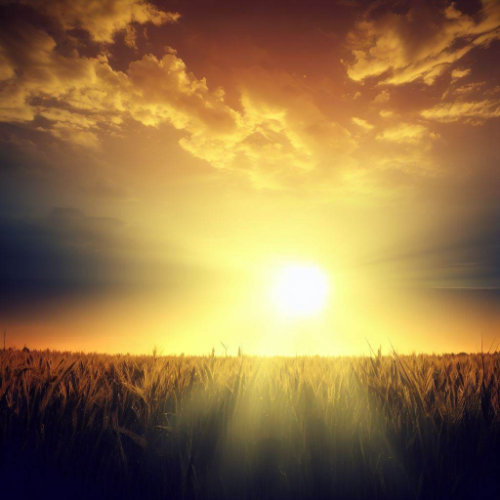
Litha, celebrated on June 21st, marks the summer solstice, the longest day and shortest night of the year. It is a time to revel in the power of the sun and the abundance of nature. Litha is associated with growth, vitality, and the peak of the agricultural season.
Pagans celebrate Litha by embracing the outdoors and engaging in activities that connect them to the natural world. This may include making flower crowns, gathering herbs for magical purposes, or simply basking in the warmth of the sun. Bonfires are also a common element of Litha celebrations, symbolizing the sun’s victory over darkness.
Lammas: Giving Thanks for the Harvest
Lammas, celebrated on August 1st, marks the first of three harvest festivals and the beginning of the transition from summer to autumn. It is a time to give thanks for the bountiful harvest and to express gratitude for the abundance of the Earth.
During Lammas, pagans engage in rituals that honor the cycle of growth and harvest. This may involve baking bread from freshly harvested grains, making corn husk dolls, or creating crafts using herbs and flowers. It is also a time to reflect on personal growth and to set intentions for the coming months.
Mabon: Embracing the Autumn Equinox
Mabon, observed near the autumn equinox (September 21st to 29th), is the second harvest festival and a time to celebrate the balance between light and darkness. It marks the transition from summer to autumn and symbolizes the harvest of fruits and grains.
During Mabon, pagans engage in rituals that honor the changing season and the bounty of the Earth. This may include making offerings to the land and the spirits, gathering fallen leaves and acorns for crafts, or preparing seasonal foods and drinks. It is also a time to reflect on personal achievements and to express gratitude for the abundance in one’s life.
Samhain: Communing with the Ancestors
Samhain, celebrated from sunset on October 31st to sunset on November 1st, is often considered the most significant holiday within the Wheel of the Year. It marks the end of the harvest season and the beginning of winter. Samhain is a time to honor the ancestors, commune with the spirit world, and acknowledge the cycle of life and death.
During Samhain, pagans engage in rituals that honor the deceased and seek guidance from the spirit realm. This may involve setting up ancestral altars, holding a dumb supper to honor and remember loved ones, or participating in divination practices to gain insights into the future. Bonfires are also lit to provide warmth and light during the longer nights.
Final Thoughts
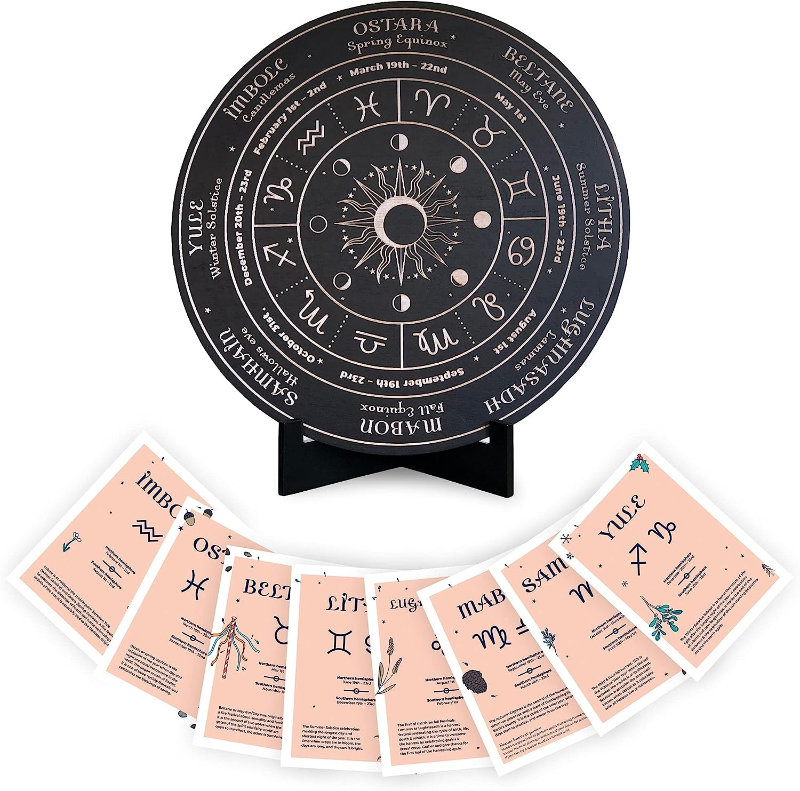
The Wheel of the Year offers a profound and meaningful connection to the natural world and the changing seasons. Through the celebration of these pagan holidays, individuals can deepen their understanding of the cycles of life, honor ancient traditions, and find a sense of belonging within the larger tapestry of existence.
As you embrace the Wheel of the Year and its corresponding holidays, take the time to connect with nature, reflect on personal growth, and celebrate the abundance in your life. Whether you choose to engage in traditional rituals or create your own unique practices, let the Wheel of the Year serve as a reminder of the interconnectedness of all things and the power of honoring the cycles of life.


